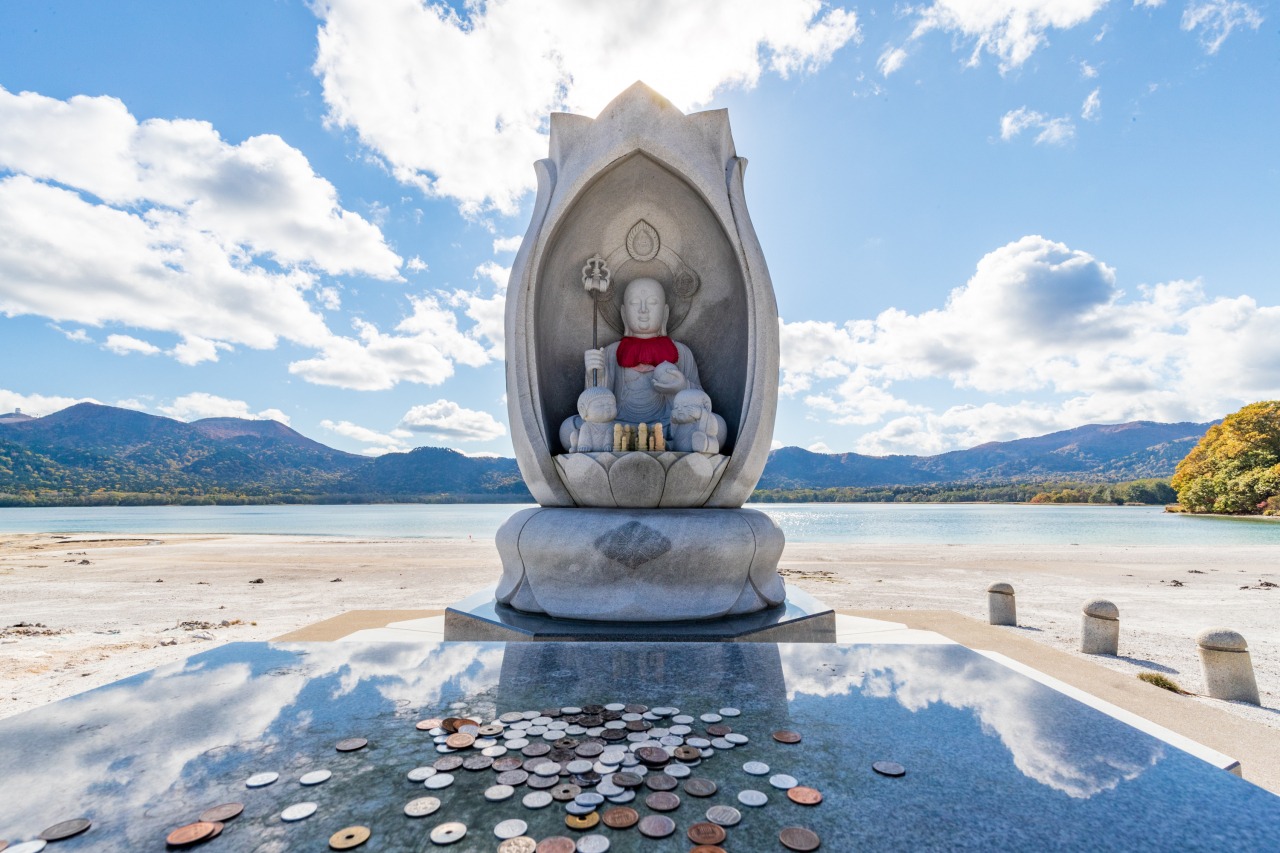Mount Osorezan (Osorezan, Osoreyama) is an active volcano located in central Aomori Prefecture. The mountain’s caldera (a large depression created by volcanic activity) contains a vast lake called Lake Uzoriyama, and a temple called Osorezan Bodaiji Temple exists on its shores.
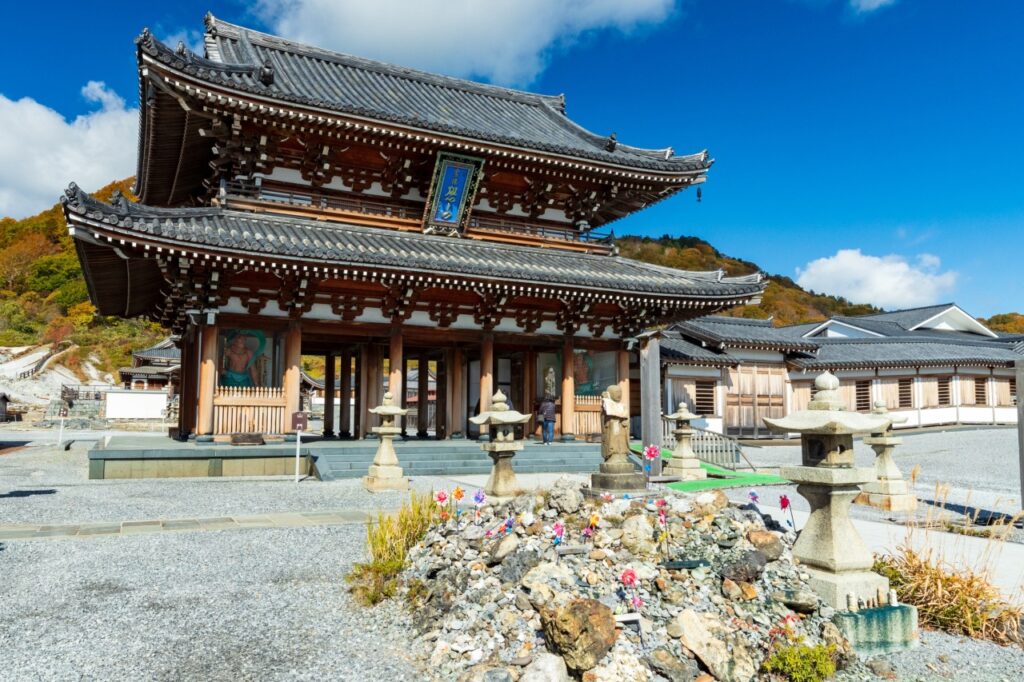
The landscape that Japanese people associate with Osorezan is rather the one that includes this temple. According to legend, the temple was founded in 862 (Jokan 4), and its founder was Ennin (Jikaku Daishi), a disciple of Saicho, who founded the Tendai sect of Buddhism.
Osorezan is the general name for the outer rim of the mountain that surrounds Lake Uzoriyama and the conical volcano. I visited Osorezan once several years ago. I remember that the view of the vast mountain range and the large lake in front of me was spectacular.
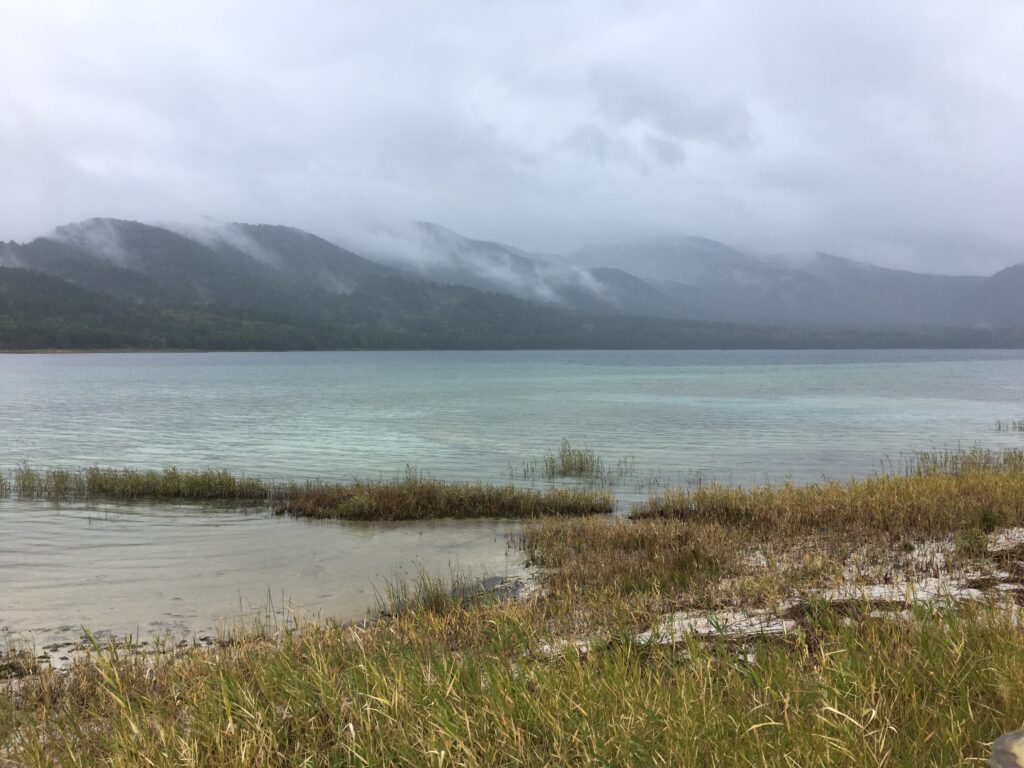
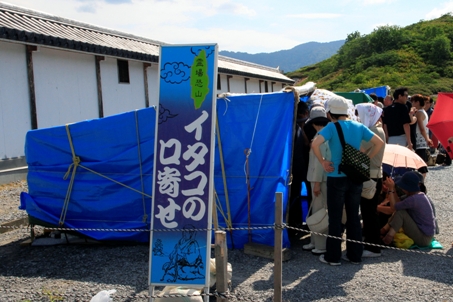
The atmosphere of the temple grounds is out of this world. The vast number of spinning windmills, the piled stones scattered here and there, the rising sulfurous steam, and the colorful lake peeking out from between the bushes…

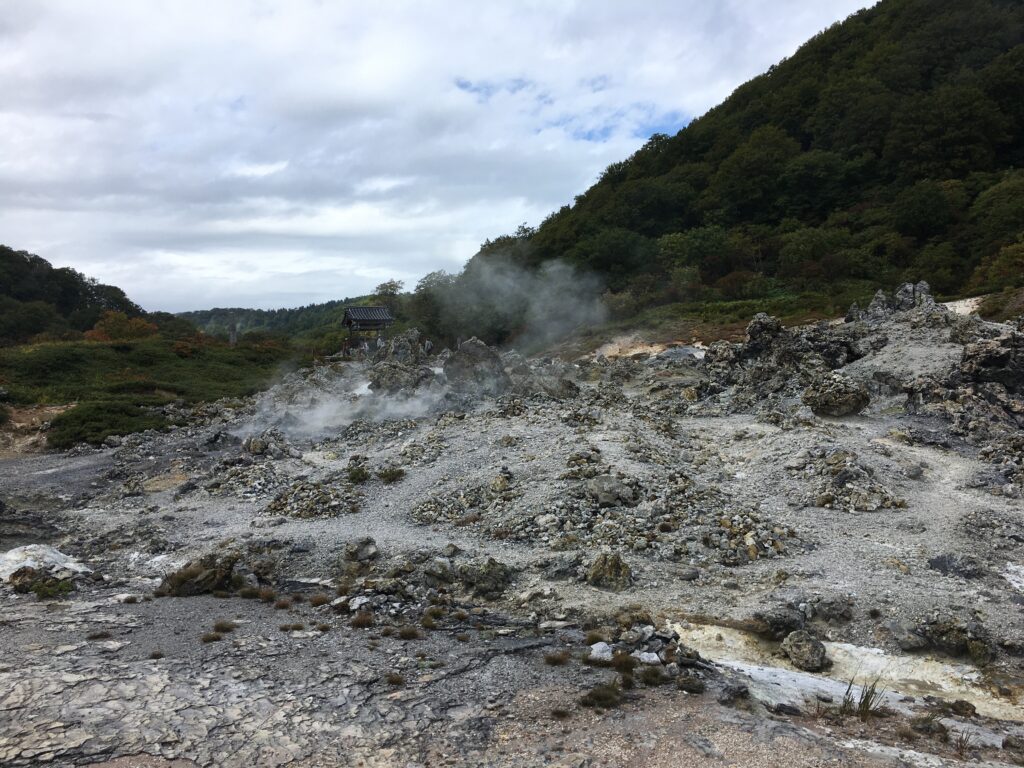
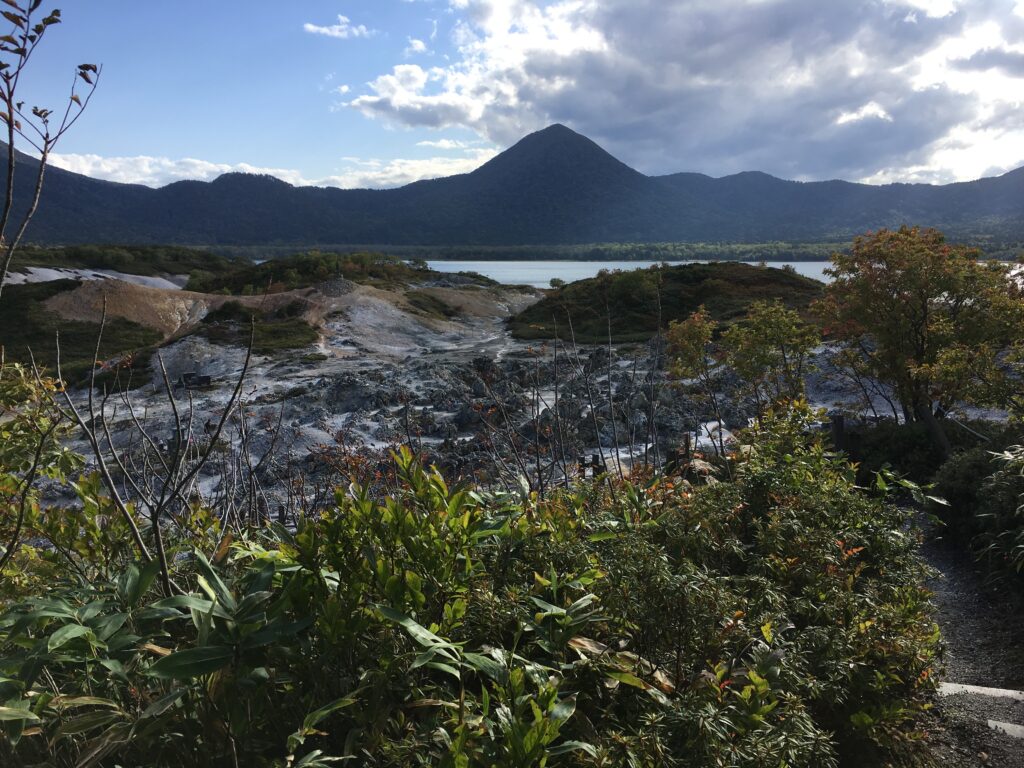
When I saw this landscape for the first time, I felt that some metaphysical power was sleeping in it.
This landscape was also depicted in a novel by the world-famous novelist Kobo Abe. It is also a place that had a great influence on a Nobel Prize nominee.
In this article, we would like to explore the spiritual atmosphere of Osorezan.
Mount Osorezan as a Sacred Site
This mountain, which houses the Soto sect’s Osorezan Bodaiji Temple, has long been revered as a “mountain where the dead gather.
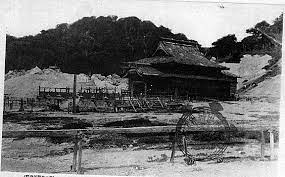
Local legend has it that when a person dies, his or her soul goes to Mount Osorezan. The strange sight of the mountain was likened by Buddhist monks to the afterlife, and this is said to have attracted many worshippers and made the mountain known as a place of faith. In the Meiji and Taisho Periods (1868-1912), the popular beliefs included “If you go to Osorezan, you can meet the dead,” “If you pile up stones on the riverbank, make offerings and cry aloud, you can hear the voices of your ancestors,” and “The three wonders of Osorezan (even if you pile up small stones on the riverbank in the evening, they always collapse the next morning, the Jizoson’s tin can is heard at midnight, and when it rains during the night, Jizoson’s clothes in the hall get wet) Jizoson’s robe in the hall is also wet when it rains in the middle of the night.
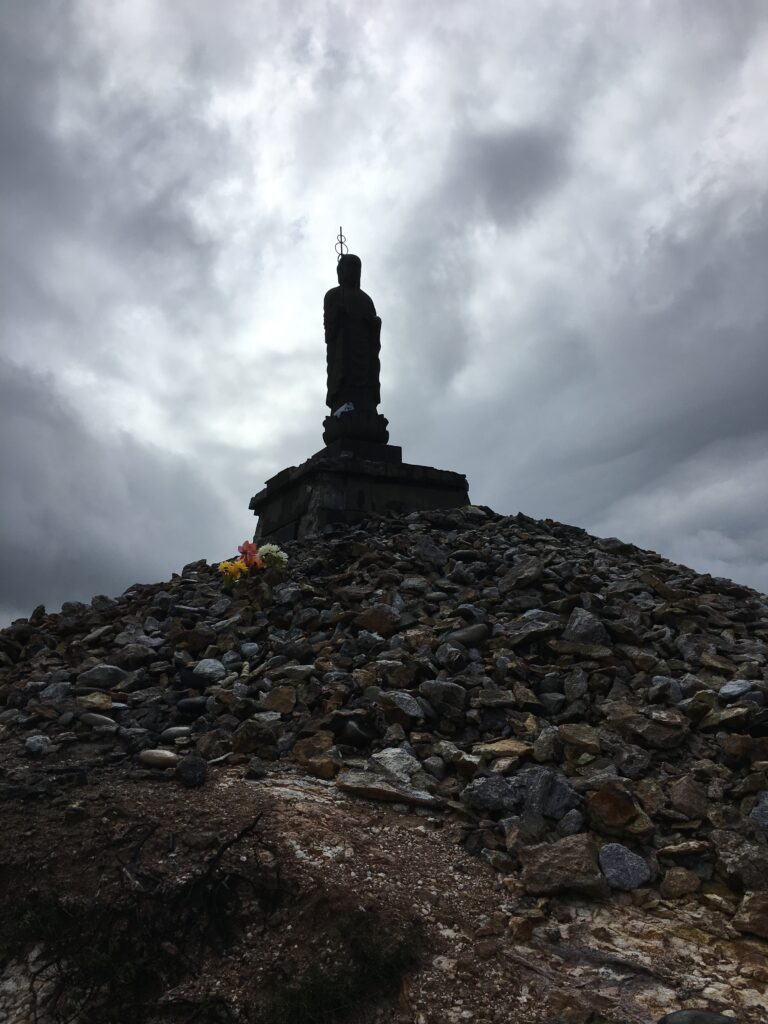
Incidentally, there is a culture unique to Japan called “Sai-no-gawara. The Sai no Kawara is a place where children who die before their parents are punished for their lack of filial piety. If such children complete a mound of stones or a stone pagoda for their parents at the riverbank of the Sai, it will serve as a memorial service. However, before the pagoda is completed, demons come and destroy it, and the process is repeated even if the pagoda is built again and again. Because of this popular belief, the word “Sai-no-gawara” is also used to mean “unrewarded effort” or “futile labor.
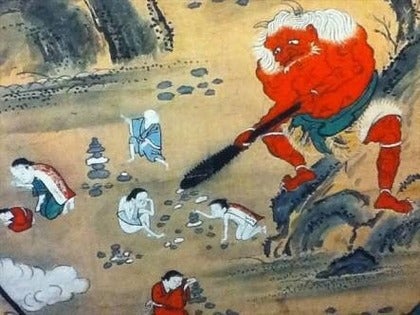
What an unreasonable and callous popular belief. Therefore, in Osorezan, it is customary for the bereaved families to pile up stones in place of their children as a way of saying, “It’s all right now.
In fact, I have witnessed this stones here and there.
Itako who performs seance
Itako is a miko, a type of shaman, who performs seance in the northern part of the Northeast region of Japan. It is a religious practice position based on shamanism. During the Osorezan Grand Festival and the Osorezan Autumn Pilgrimage, many people line up at Itakomachi (a place where Itako have tents and eaves lined up) and Itako Seance is performed.
In fact, however, the Osorezan Bodai-ji Temple is not involved in the Itako business at all. Itako travel from Hachinohe and Aomori only during the period when Osorezan is open, and they do not reside in Mutsu City.
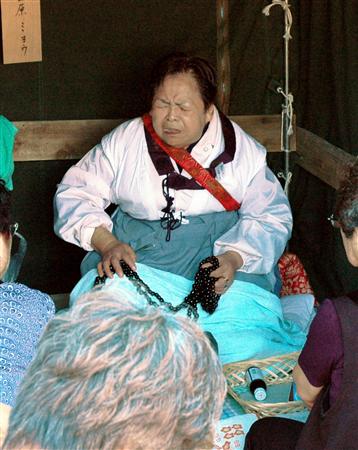
Kobo Abe’s “Kangaroo Notebook” and Mount Osorezan
A brief summary of the man, Kobo Abe, is excerpted below.
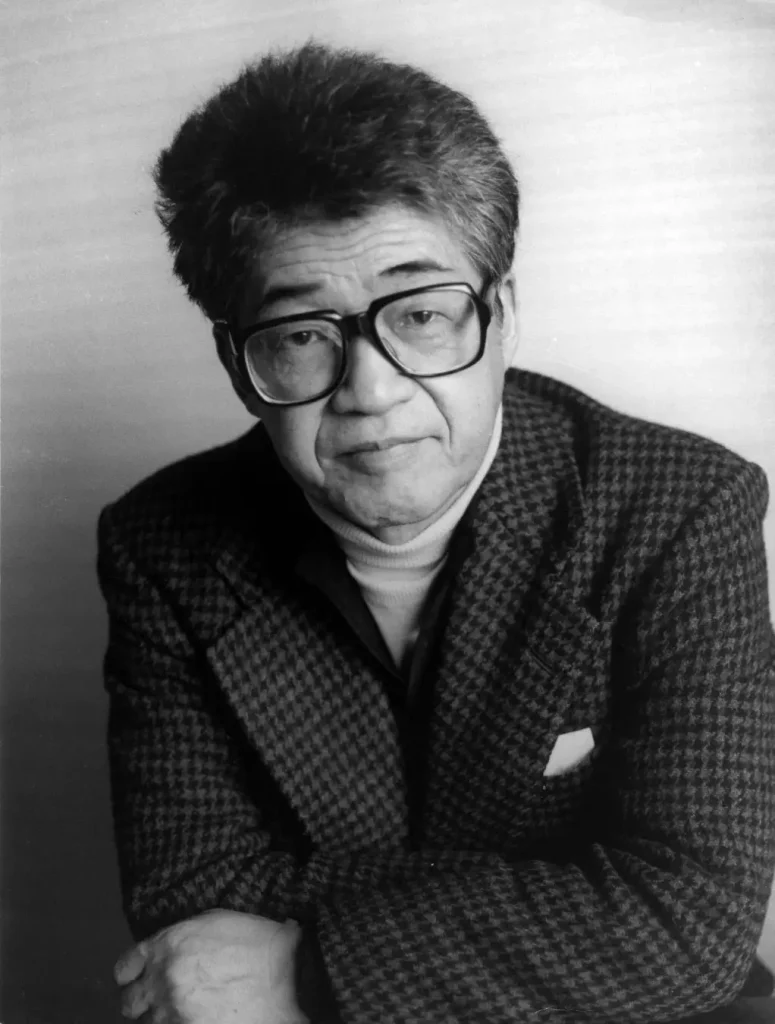
Japanese novelist, playwright, and director. Born in Kita Toshima-gun, Tokyo (now Kita-ku, Tokyo). He died suddenly of a cerebral hemorrhage while the Nobel Committee was describing him as “the person closest to winning the Nobel Prize in Literature.
During the postwar reconstruction period, he actively participated in various artistic movements and broadened the scope of his works by learning the method of reportage, and is regarded as a writer of the second postwar school along with Yukio Mishima and others. His works are highly acclaimed overseas and have been translated and published in more than 30 countries.
His major works include the novels “The Wall: The Crime of Mr. S. Karma,” “The Woman in the Sand,” “The Face of Others,” “The Burnt-Out Map,” “The Box Man,” and “The Secret Meeting. His plays include “Friend,” “Takeaki Enomoto,” “The Man Who Became a Stick,” and “The Ghost is Here. “
Abe’s posthumous work, “Kangaroo Notebook,” is his last work.
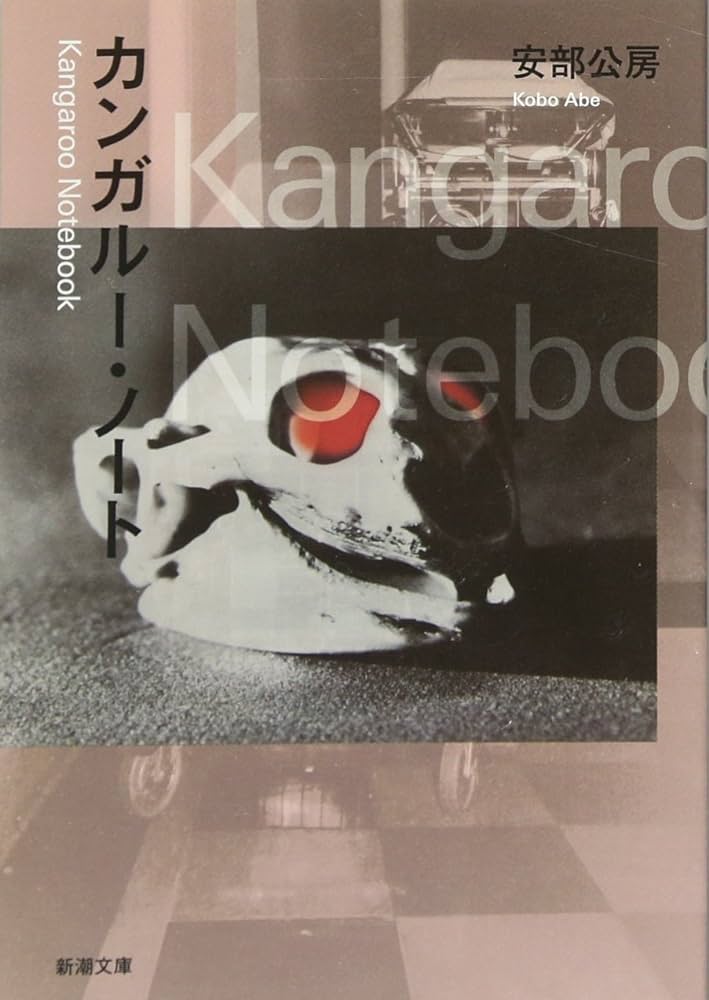
In this work, there is a scene depicted in what is probably Mount Osorezan.
The main character, who grows kaiware daikon radish eyes on his legs, is taken to a sulfur hot spring by a bed with a will (too ridiculous to understand), and the place where the hot spring springs are located is probably Mount Osorezan. There were some descriptions that reminded me of this story.
The large and small rocks, the color of dead leaves, carrots, and pumpkins, the lava plateau smeared with sulfur…it could be a hellish place. <Omission> The winds of hydrogen sulfide swirled, swirled, and ran along the riverbanks. The Sanzu River, I wondered.
When I peeked into the river, I could clearly see the riverbed. The stagnation, of course, was crystal clear, even beneath the rippling folds. It was too clean to be just downstream of a sludge channel. I had never heard of sulfur having such a purifying effect. If I cast a line, I might be able to catch at least one rainbow trout.
In fact, Osorezan also has a Sanzu River just before approaching the main gate. The scenery is as colorful and beautiful as Abe’s brushwork, and so clear that it is hard to believe that it is a natural object.
The work also features the popular belief of the Sai no Kawara, an example of a riverbank.
The myth that children who die prematurely pile up stones for their parents, despite being blocked by demons, also appears in this work. In “Kangaroo Notebook,” however, the children perform this as a “short comedy. They perform a sob story in order to extort money for the nursery school from the elderly tourists. Here, Abe’s interpretation can be seen. For Abe, who specializes in surrealism, the secular beliefs in the example were so tragic that he felt that they were rather artificial. He may have even found its moral philosophy, which preached love between parents and children, departing from Buddhism, comical.
Indeed, the author had to agree. On the bus from Susono, a song came on the speakers. It was the song of the Sai-no-Kawara. A woman was singing about the masonry in a voice as frightening as ever, and it was a bit disconcerting. I guess they wanted to sell the aspect of the mountain as a sacred mountain to attract tourism. I could not shake the feeling that it was a little too much. I could not shake the feeling that it was a bit too much.
Still, the scenery of Mount Osorezan itself is not false. It is also true that I was impressed by the atmosphere of his aforementioned world.
Abe, too, must have sensed the out-of-this-world atmosphere, as he sarcastically described the superstitions of the Sai no Kawara and other places, and described the scenery of the Sanzu River with its sulfurous water as “Hell’s Ichome” (Hell’s Ichome).
Conclusion
Mount Osorezan is a mountain with a vast mountain range, a caldera lake, and fertile nature, as well as spiritual aspects such as itako (stone caricature), Sai-no-gawara (riverbanks for offering rites), and stone piles.
Although I was fed up with the branding of Mt. Osorezan as a sacred mountain, there was an unusual presence at the top of the mountain. Whether this was a result of the vast natural environment or not, I do not know. What I can say, however, is that tens of thousands of people from all over the country visit the mountain every summer for the annual summer festival and the autumn pilgrimage to pray for something that resides on the mountain. Tens of thousands of people from all over the country come to pray for something that dwells in the mountain during the annual summer festival and the autumn pilgrimage. I wonder if there really is something spiritual in this temple. Whether itako seances are possible or not. I will not know for sure.
If you visit the Tohoku region, why don’t you come and see for yourself? What on earth is going on at the northernmost tip of the Japanese archipelago? And if possible, I would love to hear about it as a souvenir story someday.
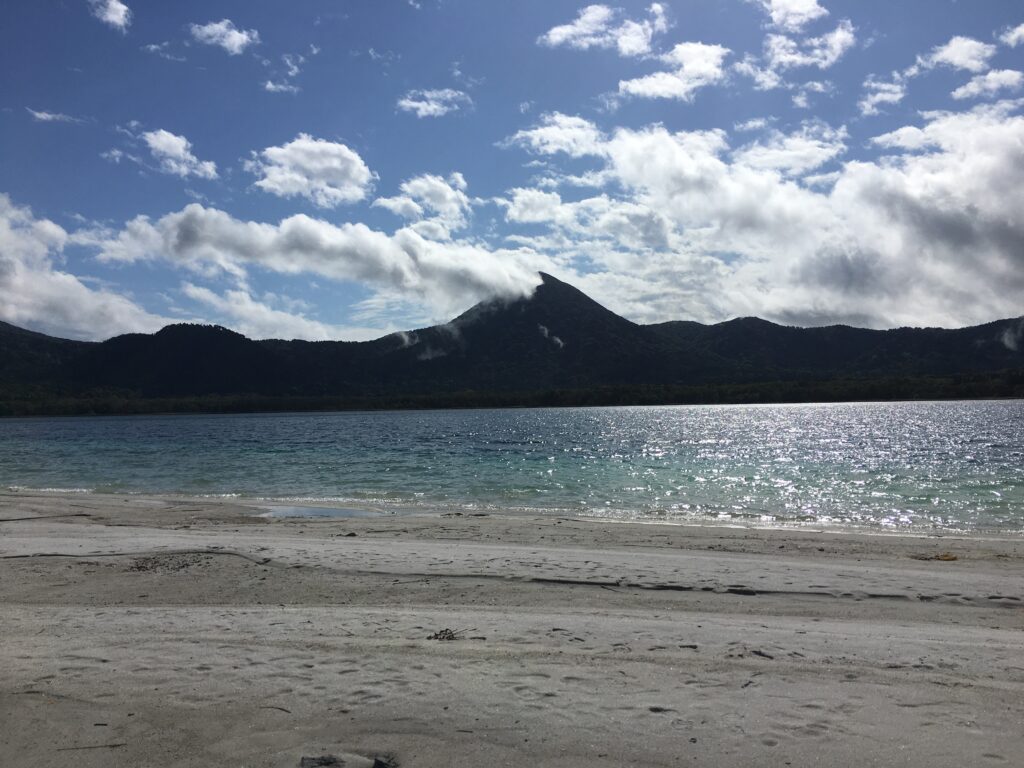
Source
Osorezan Wikipedia

Itako Wikipedia

Kobo Abe Wikipedia

Kobo Abe, Kangaroo Notebook

